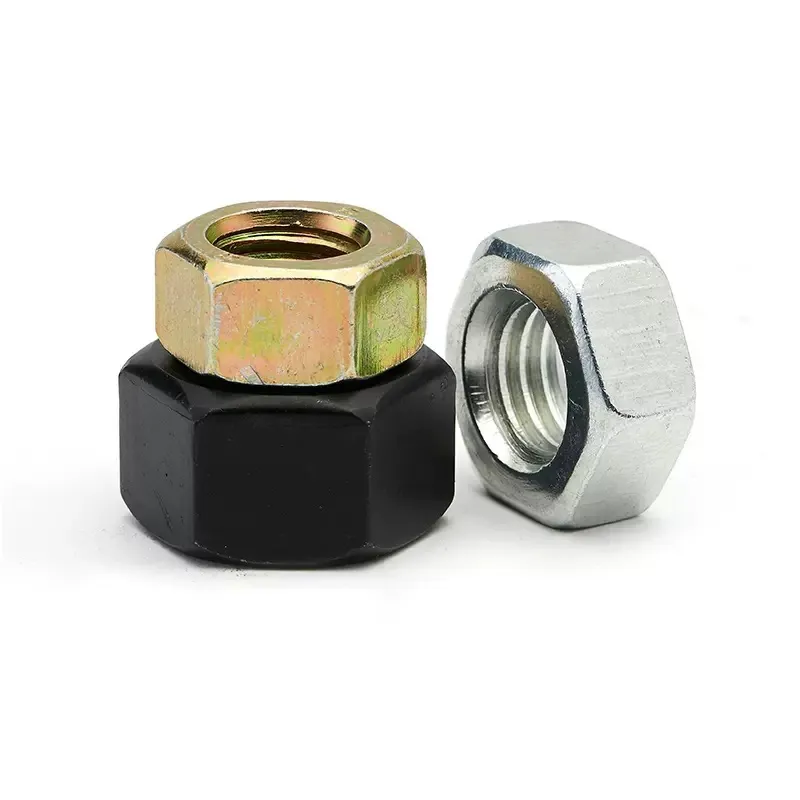

m22 stud bolt
Oct . 07, 2024 04:10 Back to list
m22 stud bolt
Understanding M22 Stud Bolts Applications and Benefits
Stud bolts are essential components in many engineering and industrial applications. Among various types of stud bolts, the M22 stud bolt stands out due to its unique specifications and versatility. In this article, we will explore what M22 stud bolts are, their applications, benefits, and factors to consider when selecting them.
What is an M22 Stud Bolt?
The M in M22 refers to the metric thread designation, while 22 represents the nominal diameter of the bolt, which is 22 millimeters. Stud bolts typically consist of a long rod with threads on both ends, allowing for secure fastening between two separate components. They are often used in conjunction with nuts to create a strong and reliable connection.
Applications of M22 Stud Bolts
M22 stud bolts are commonly used in various industries, including
1. Construction In heavy construction projects, M22 stud bolts are utilized to secure structural elements such as beams and columns, ensuring stability and safety.
2. Marine Engineering These bolts are crucial in marine applications, securing equipment and components on ships and offshore platforms where safety and corrosion resistance are paramount.
3. Oil and Gas In the oil and gas sector, M22 stud bolts are used in flanged joints to ensure leak-proof seals in pipelines and pressure vessels.
4. Manufacturing Various manufacturing processes employ M22 stud bolts for assembly and disassembly of machines, allowing for easy maintenance and repairs.
Benefits of M22 Stud Bolts
m22 stud bolt

One of the primary advantages of M22 stud bolts is their strength. Made from high-quality materials such as carbon steel or stainless steel, they can withstand significant tension and shear forces, making them suitable for high-stress applications. Additionally, the standardized size of M22 stud bolts allows for compatibility with a wide range of nuts and washers, facilitating easier assembly.
Another significant benefit is the ability to achieve a tighter and more reliable fastening compared to traditional bolts. The design of stud bolts minimizes the risk of loosening due to vibration, which is especially crucial in applications like automotive and aerospace where safety is critical.
Furthermore, M22 stud bolts can offer enhanced resistance to corrosion when made from stainless steel or treated with protective coatings, extending their lifespan in harsh environments.
Considerations When Selecting M22 Stud Bolts
When choosing M22 stud bolts, several factors should be considered
1. Material Depending on the application, the material's strength, corrosion resistance, and overall durability must align with operational requirements.
2. Thread Standards Ensure that the threading conforms to the necessary standards to guarantee compatibility with nuts and other components.
3. Load Requirements Assess the load conditions the bolt will endure to select the appropriate quality and grade.
4. Environmental Factors Consider the operating environment, such as exposure to moisture or chemicals, which may necessitate specific materials or coatings.
In conclusion, M22 stud bolts play a pivotal role in numerous industries, delivering strength, reliability, and ease of use. By understanding their applications and benefits, along with considerations for selection, engineers and construction professionals can make informed choices that enhance the safety and performance of their projects.
Latest news
-
Hot Dip Galvanized Bolts-About LongZe|High Strength, Corrosion Resistance
NewsJul.30,2025
-
High-Strength Hot Dip Galvanized Bolts - Hebei Longze | Corrosion Resistance, Customization
NewsJul.30,2025
-
Hot Dip Galvanized Bolts-Hebei Longze|Corrosion Resistance&High Strength
NewsJul.30,2025
-
High-Strength Hot-Dip Galvanized Bolts-Hebei Longze|Corrosion Resistance&High Strength
NewsJul.30,2025
-
Hot Dip Galvanized Bolts-Hebei Longze|Corrosion Resistance&High Strength
NewsJul.30,2025
-
Hot Dip Galvanized Bolts - Hebei Longze | Corrosion Resistance, High Strength
NewsJul.30,2025

